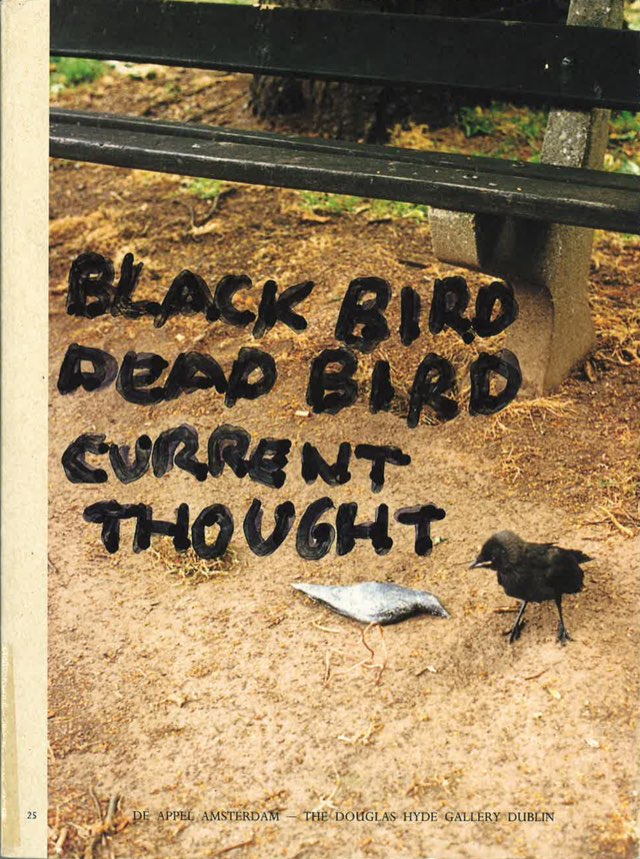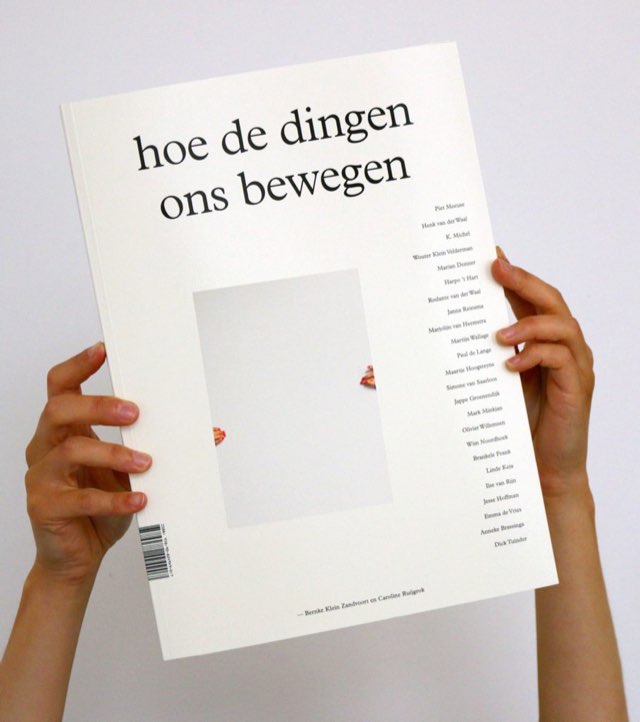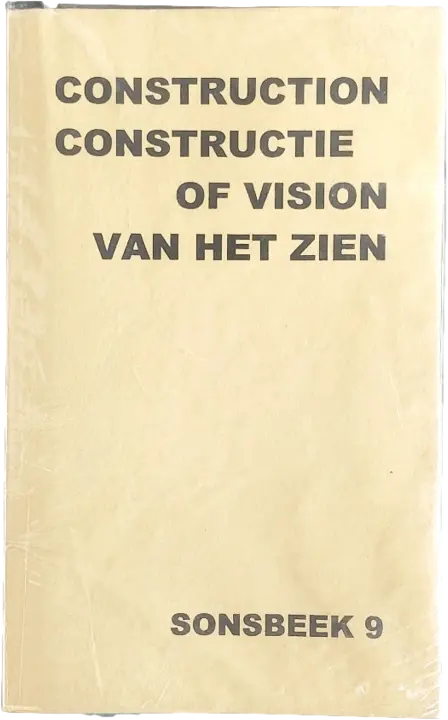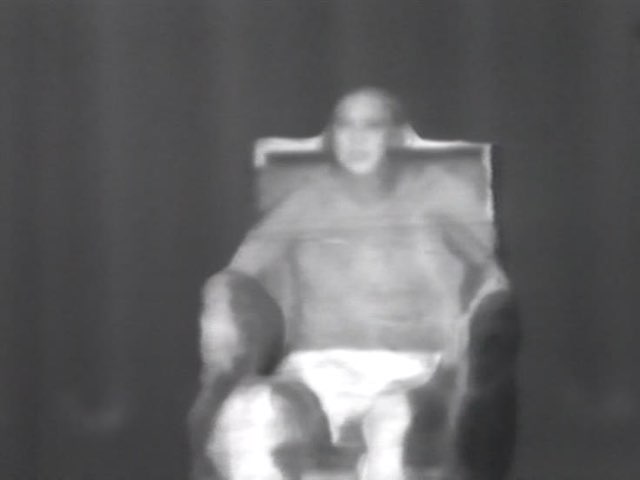Mark Manders "Selfportrait as a building"
de Appel, Nieuwe Spiegelstraat 10, Amsterdam
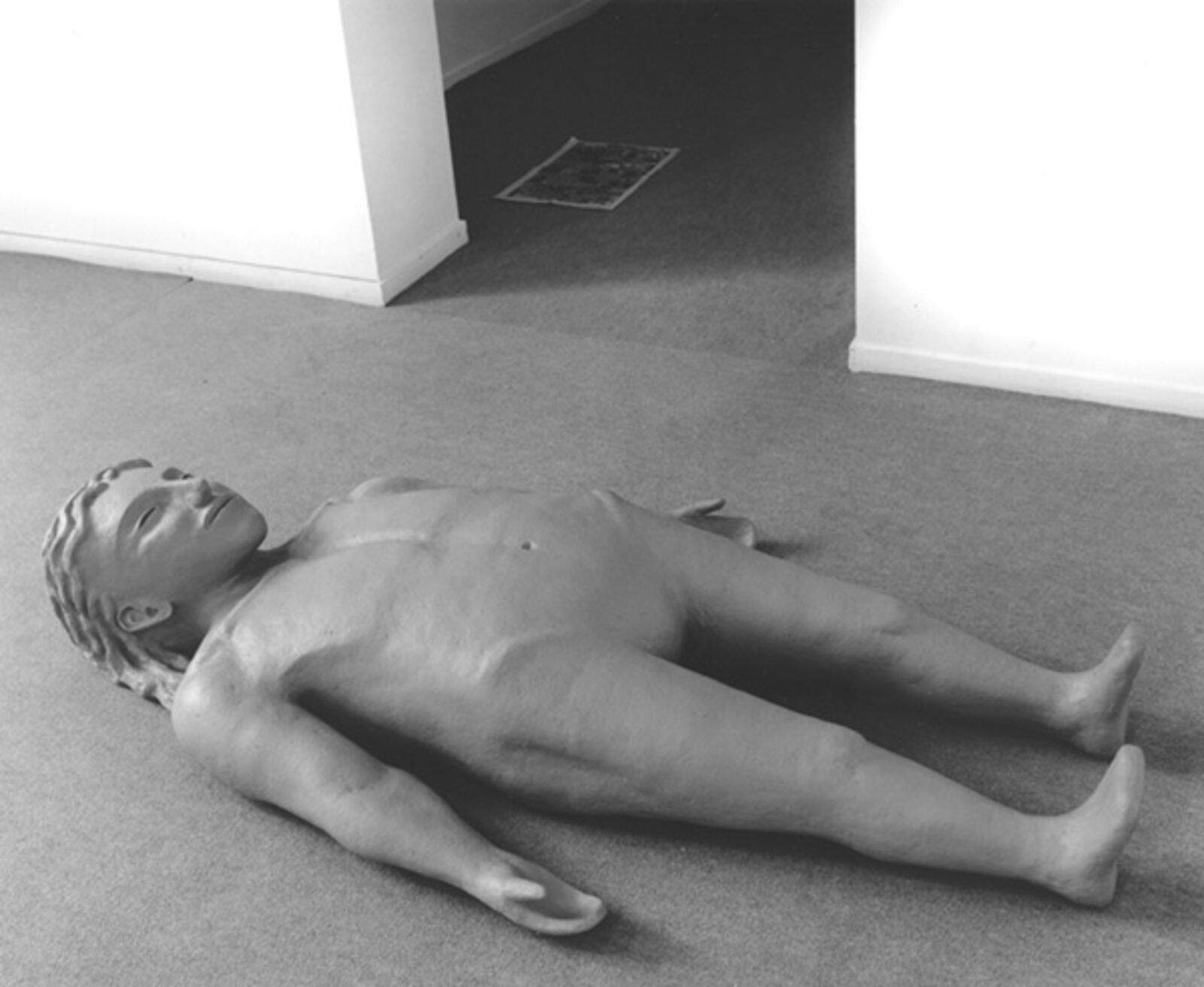
© T & R Henderson, Amsterdam
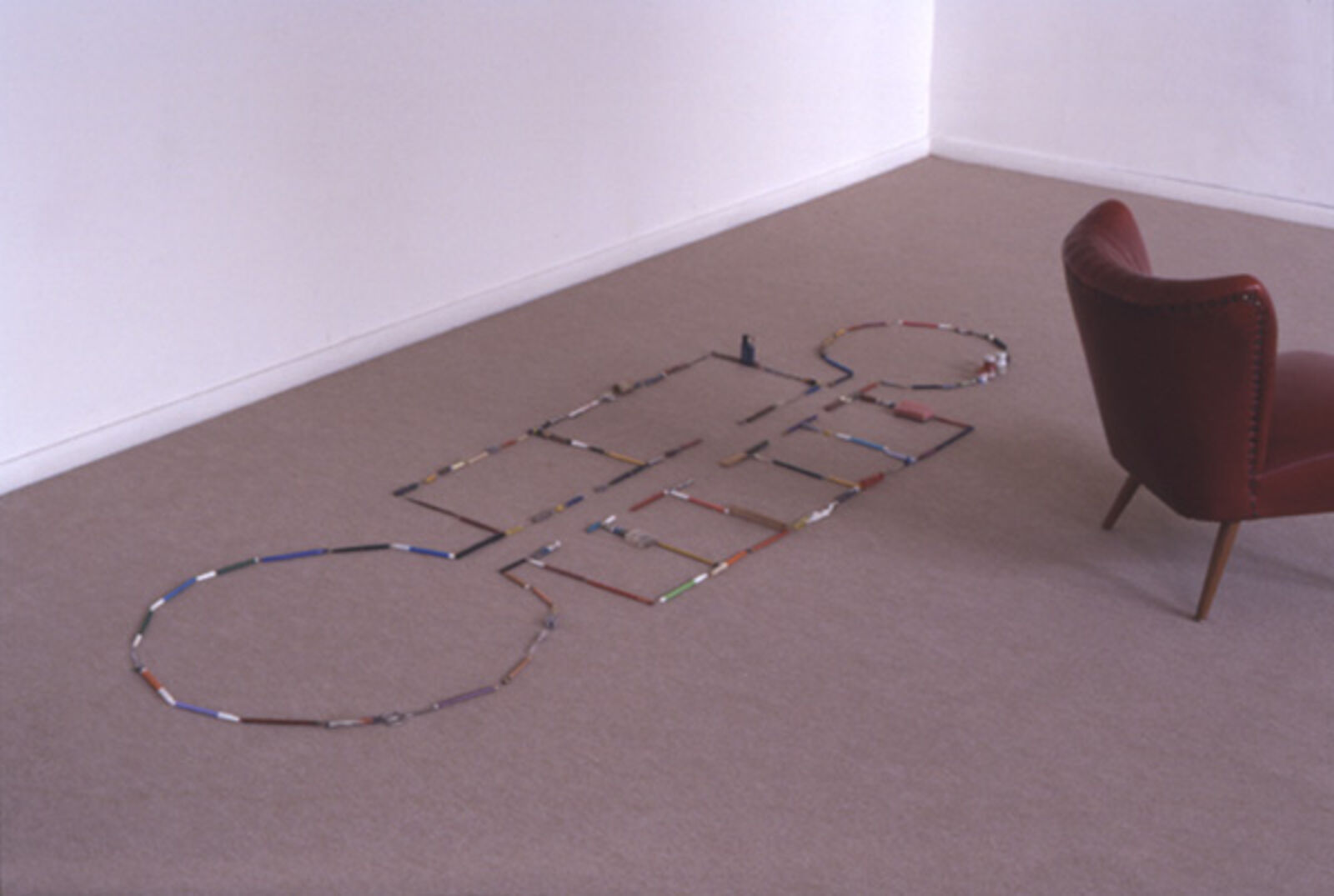
© T & R Henderson, Amsterdam
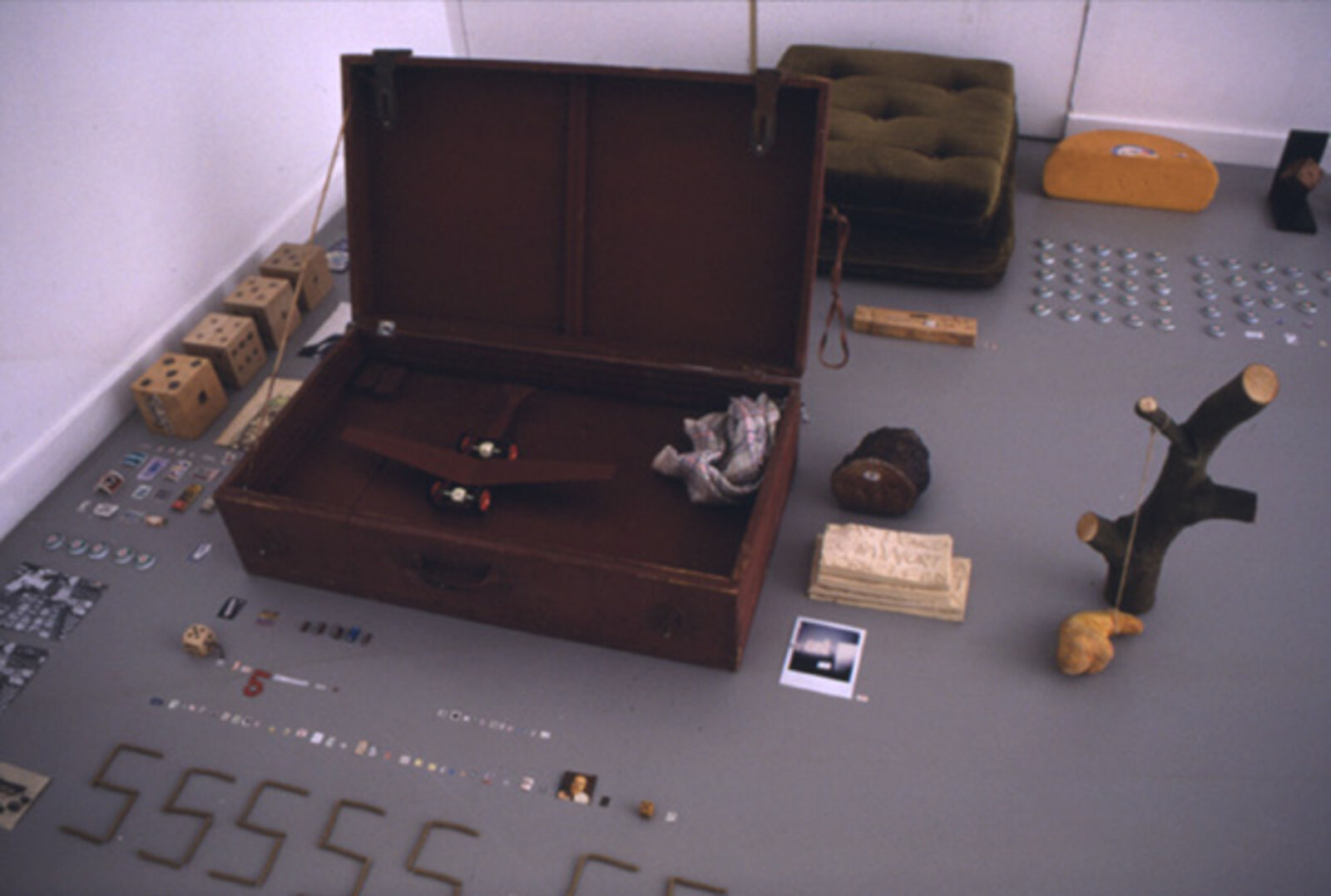
© T & R Henderson, Amsterdam
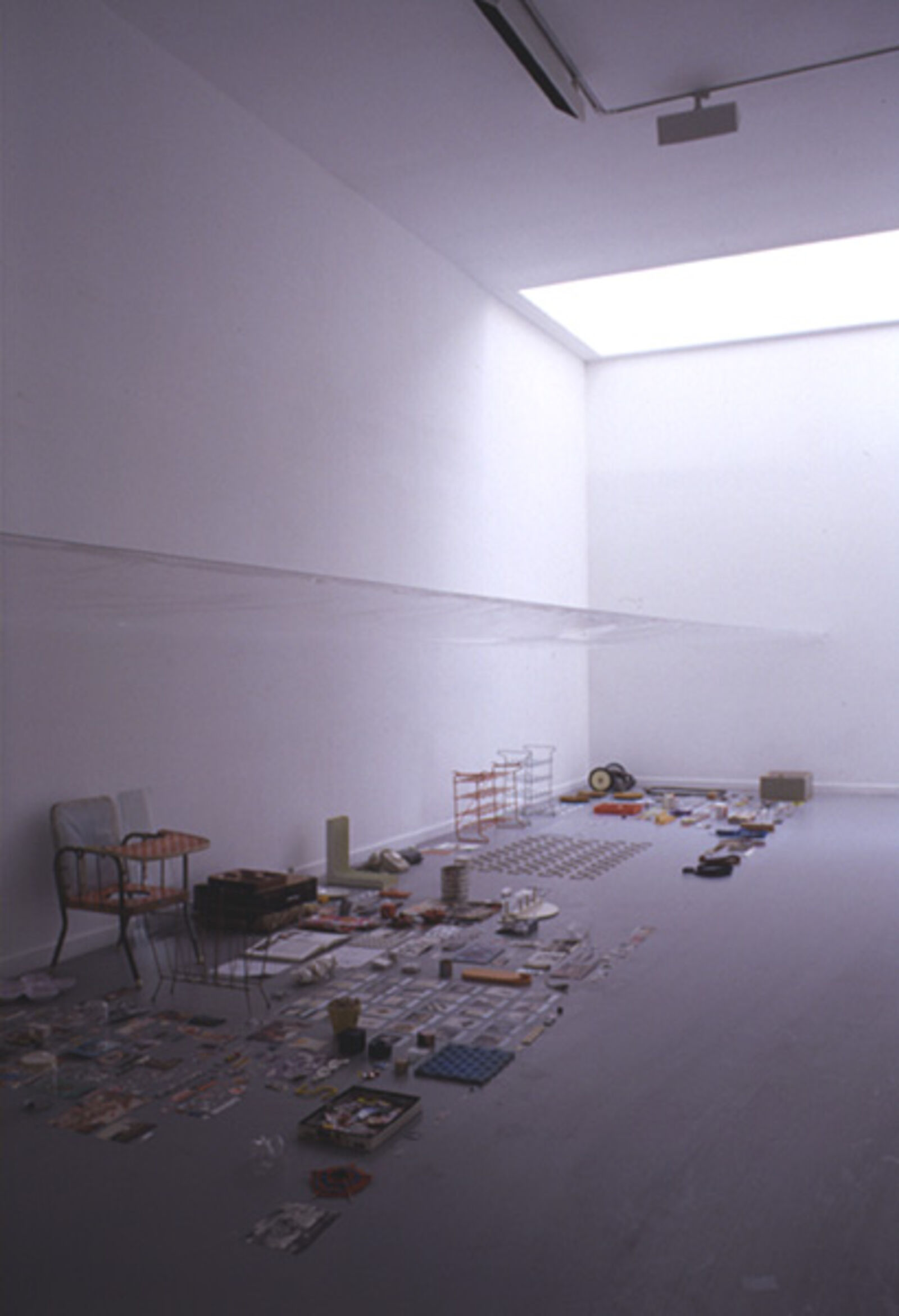
© T & R Henderson, Amsterdam
‘Mark Manders views his work as an artist with a certain distance when he asks the question "What is more beautiful, the word 'cup' or the cup itself?" and then decides on the 'real cup' because of its colour and the way it catches light and shadow. In asking the question, Manders reveals his reflective way of observing: a continuous astonishment over the fact that an idea or an abstract notion such as the word 'four' can convey a concrete image; and conversely, that an image can evoke an idea or an emotion. His body of work is based on the disappearance of the distinction between things and thoughts. It's a body of work that corresponds with his 'Self-portrait as a building', the general title and collective name for the works and concepts that are to be located in the rooms of this building. Manders often ties objects together or lays them next to each other so that they look as though they have yet to be assembled, the loose parts of the Self-portrait having more in common with words than with sentences. This makes the 'building' look like a non-alphabetical encyclopaedia. Manders's sculptures also frequently lie on the ground: the smooth fox with mouse attached and the large Etruscan-like clay figures look like the victims of gravity. In contrast with the sleeping or barely living animals, the 'dead' objects (bottles, bricks, shoes, pencils) have a great deal of presence. Thus you retain a strong mental picture of the hanging red sock, combined with a landscape of snow-covered, withered branches, and a closed brown cabinet gives you the impression that if you were to turn away from it for a moment it might squeak open. Yet all things look fragmentary when torn from their context: even the stories await the viewer to put them in some kind of narrative.’ (Invitation text) Catalogue: Mark Manders. Fragments from self-portrait as a building, 1997. De Appel, The Douglas Hyde Gallery, Dublin. Text Mark Manders. Guest editor Mathilde Heyns. Dutch & English. 112 pp. 65 f.c. 49 b.w. 17 x 23 cm. Soft cover. Design Mark Manders & Stéphanie de Vilder. ISBN 90 73501 35 0. SOLD OUT


